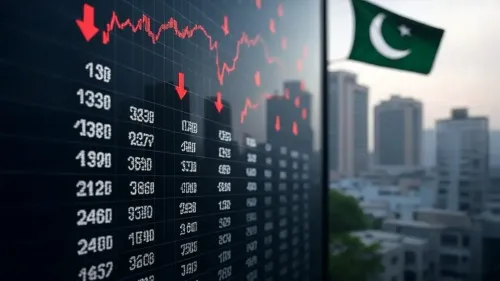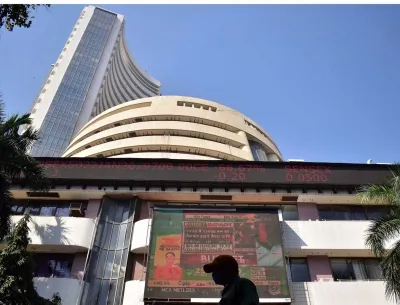Could GST 2.0 Reforms Really Lower Inflation by 75 Bps and Boost Consumption by Rs 1 Lakh Crore?

Synopsis
Key Takeaways
- GST reforms may lower headline inflation by 75 bps.
- Projected consumption boost of Rs 1 lakh crore.
- Effective tax rates expected to drop to 10-11%.
- Food inflation to decrease by 25-35 bps in 6 months.
- Core inflation may ease by 30-40 bps.
New Delhi, Sep 11 (NationPress) India’s GST reforms are anticipated to reduce headline inflation by up to 75 basis points and unleash consumption spending of approximately Rs 1 lakh crore, according to a recent report.
“The overall influence on CPI is projected to be around 55-75 bps. We are therefore revising our current expectation of headline CPI from 3.5 percent down to 3.1 percent,” stated a report from the research division of Bank of Baroda.
Experts believe that the GST reforms, which categorize 99 percent of items into the 0 percent, 5 percent, or 18 percent tax brackets, will lower effective tax rates to about 10–11 percent.
“We anticipate that the taxable consumption group will amount to Rs 150-160 lakh crore. This figure could increase further once we obtain the new distribution of GST collected across various categories,” the report added.
The estimated net gain in consumption ranges from Rs 70,000 crore to 1 lakh crore, equating to 0.2-0.3 percent of GDP, the bank reported.
The government has assessed the revenue impact at Rs 48,000 crore. However, the bank emphasized that this would primarily benefit private consumption directly.
“Based on the premise that reduced indirect tax rates will lead to lower inflation, we predict a gain of around Rs 20,000-50,000 crore,” it further added.
The bank projects that food inflation will decrease by 25–35 bps over the next six months, as the costs of prepared meals, oils, bread, and noodles decline due to reduced rates of butter and vanaspati.
Core inflation could see a dip of 30–40 bps, spurred by lower prices on soaps, toothpaste, household appliances, and medications.
Decreased rates are also expected to encourage production in non-durables such as butter, jams, jellies, honey, and juices, while also boosting credit demand in anticipation of the festival season.
“The Index of Industrial Production (IIP) growth, previously assumed to be burdened by higher tariffs, may receive substantial support from domestic demand,” the bank concluded.








